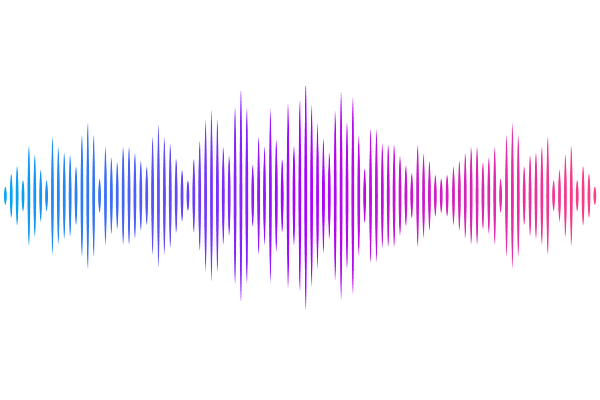The Desmoglein 2 interactome in primary neonatal cardiomyocytes

The Desmoglein 2 interactome in primary neonatal cardiomyocytes
Li, Y.; Campbell, A. P.; Balasubramanian, S.; Zeng, X.; Porter, E.; Cantrell, P. S.; Sun, M.; Mattheyses, A. L.; Kwiatkowski, A. V.
AbstractMechanical coupling and chemical communication between cardiomyocytes are facilitated through a specialized adhesive structure known as the intercalated disc (ICD). The ICD is essential for heart organization and contraction. Yet, the network of adhesion, adaptor, and signaling proteins that form the ICD remains poorly defined. Here, we combined proximity labeling and quantitative mass spectrometry to identify proteins associated with the desmosomal cadherin, Desmoglein 2 (DSG2), in cultured neonatal cardiomyocytes. We identified over 300 proteins in the DSG2 interactome; half of which are shared with the N-cadherin (CDH2) interactome in cardiomyocytes. Proteins unique to DSG2 include the gap junction protein connexin 43 and the plakin family of cytolinker proteins. Comparison of the cardiomyocyte DSG2 interactome with the interactomes of desmosomal proteins from epithelia revealed only a small number of shared proteins. In cardiomyocytes, plakoglobin (JUP) and plakophilin 2 (PKP2) were the most abundant shared proteins between the DSG2 and CDH2 interactomes. PKP2 is a dynamic protein whose membrane recruitment in cardiomyocytes is tension-dependent. Our analysis of the DSG2 interactome provides a critical new dimension to the proteomic atlas of the essential molecular complexes required for cardiomyocyte adhesion.